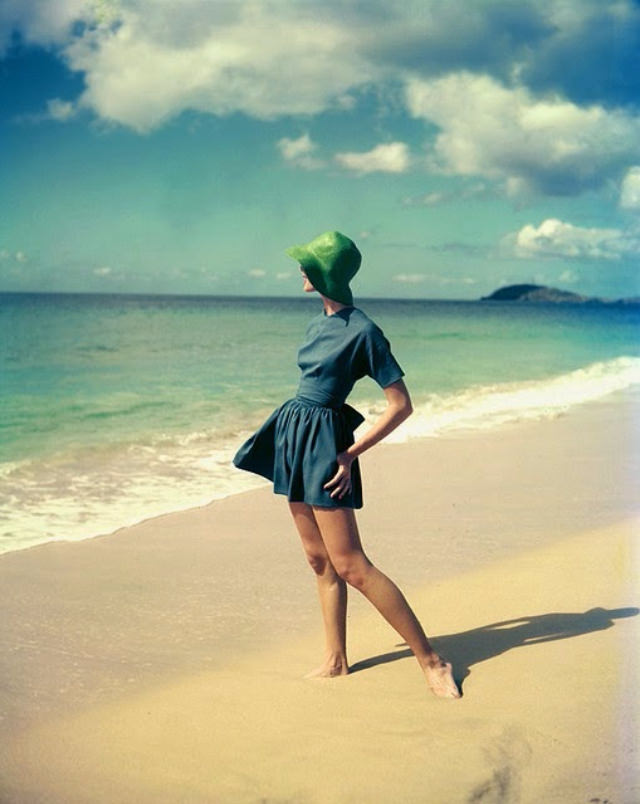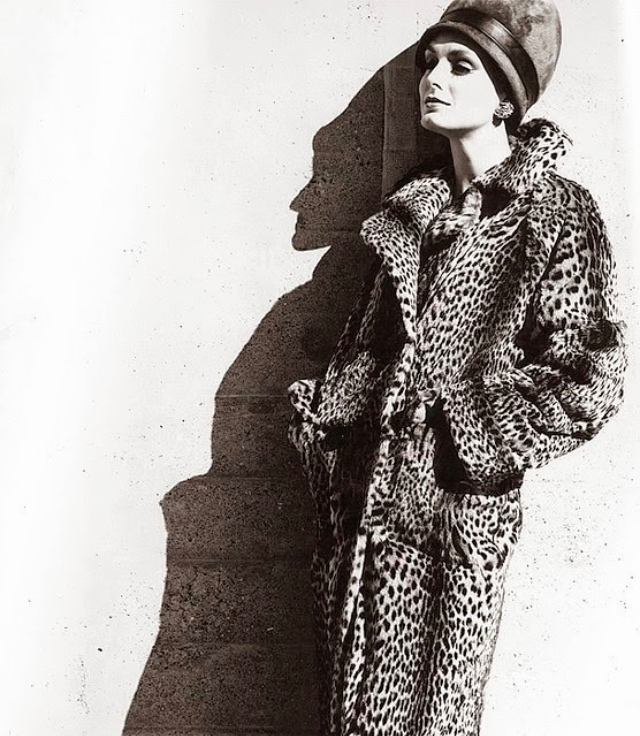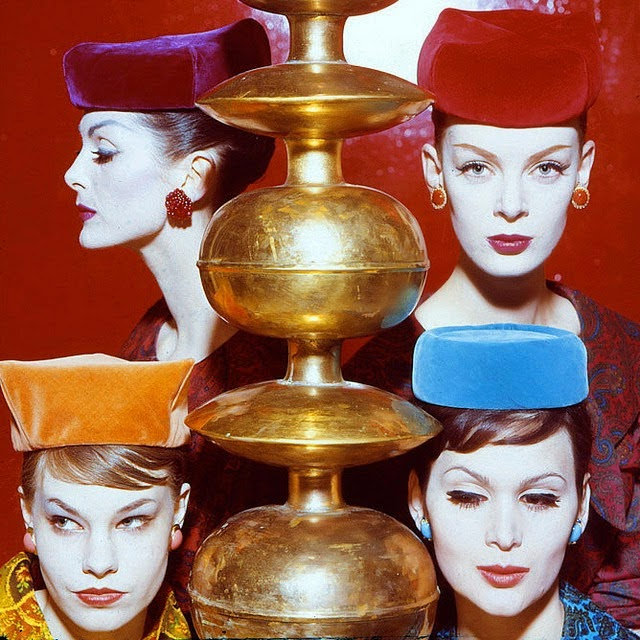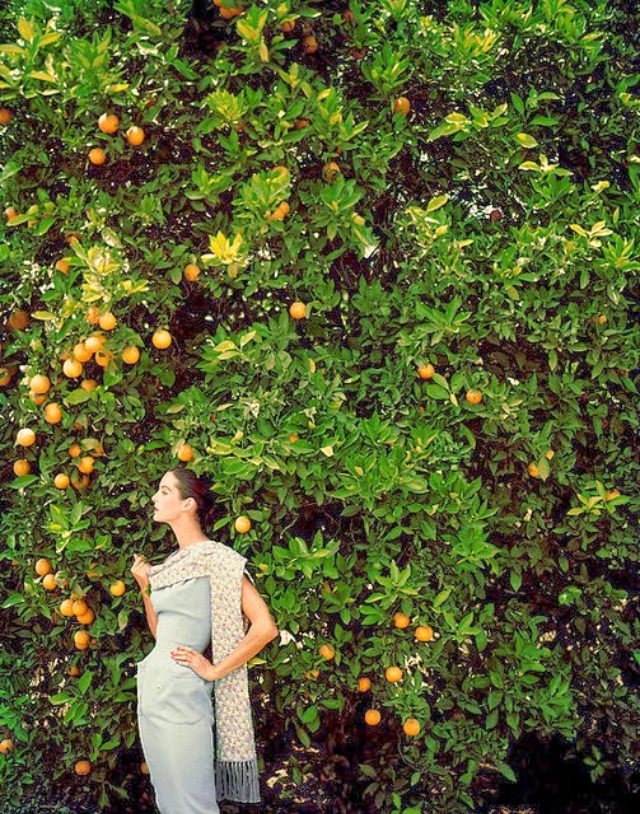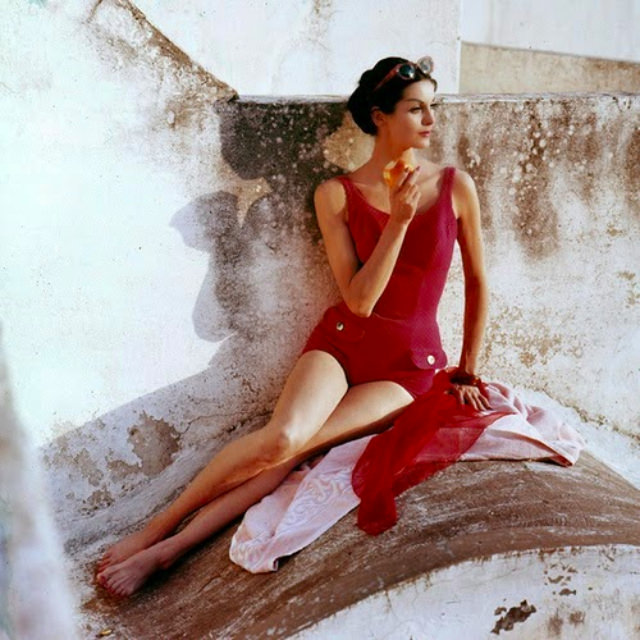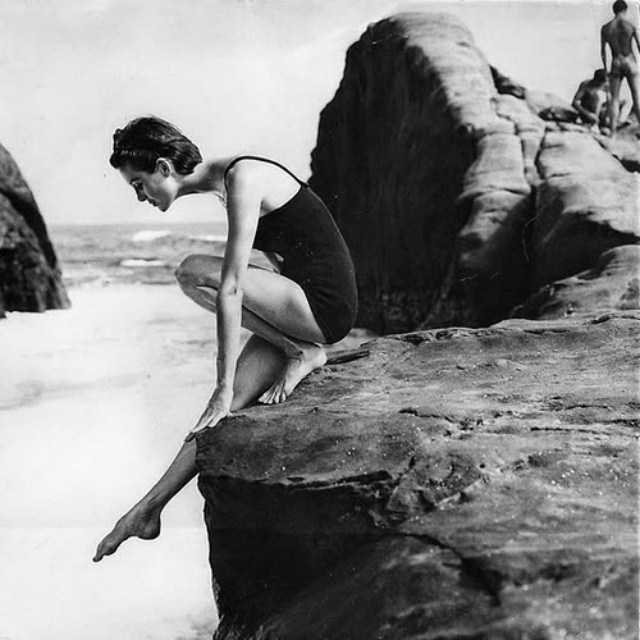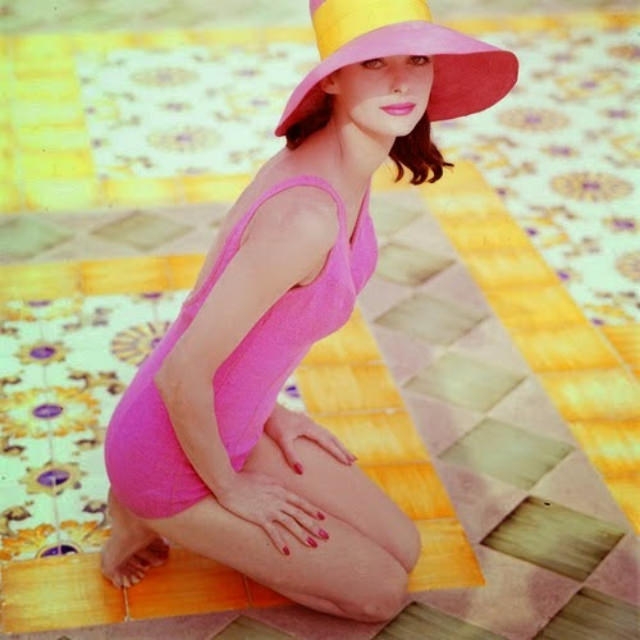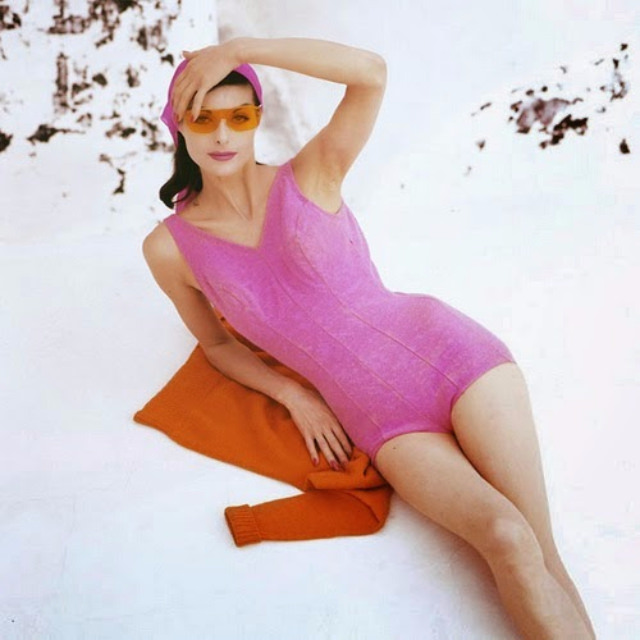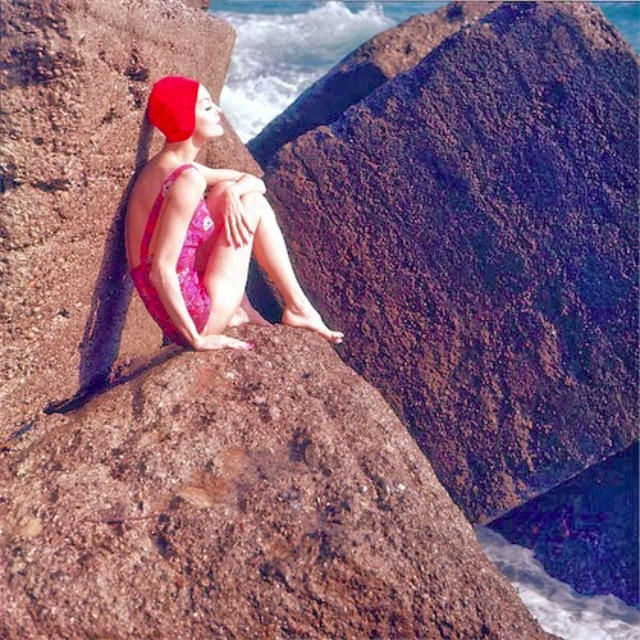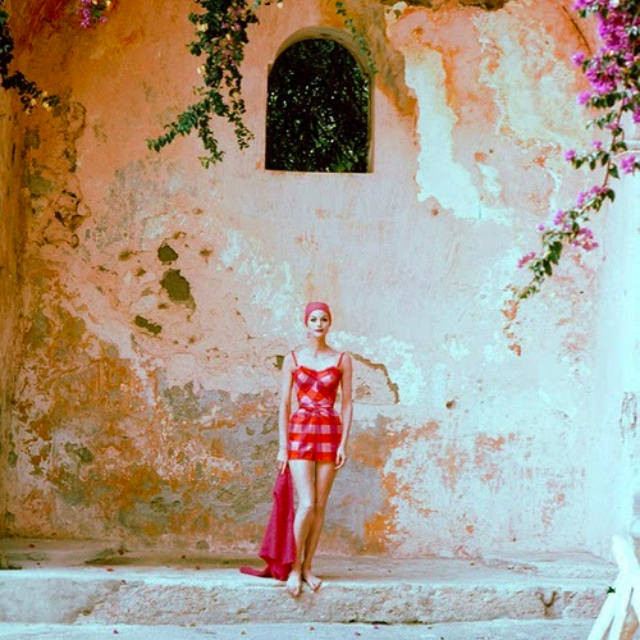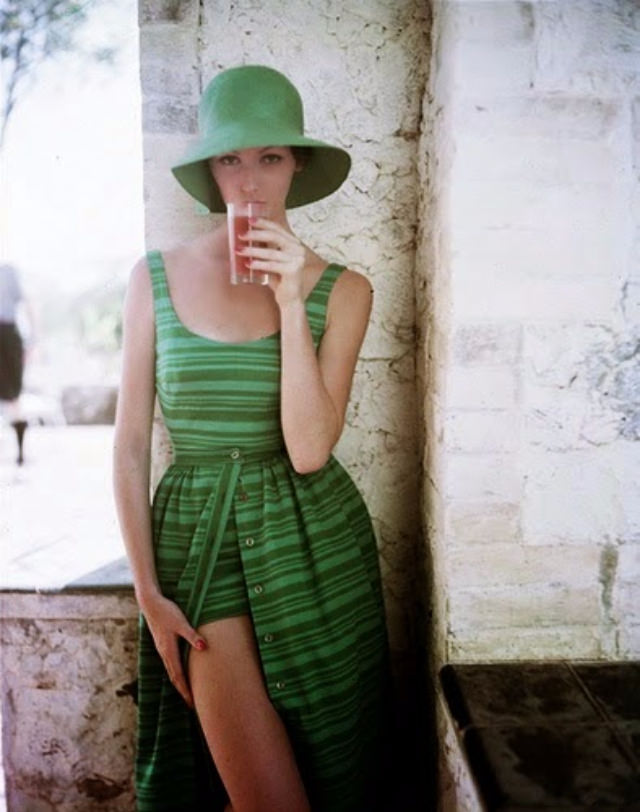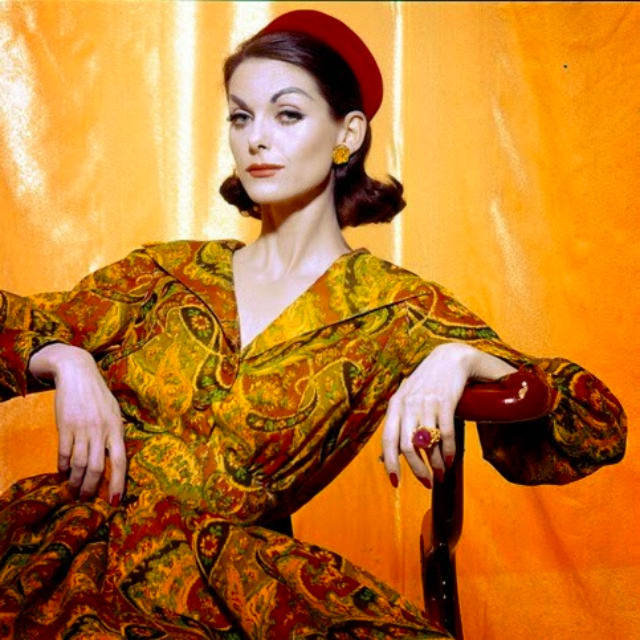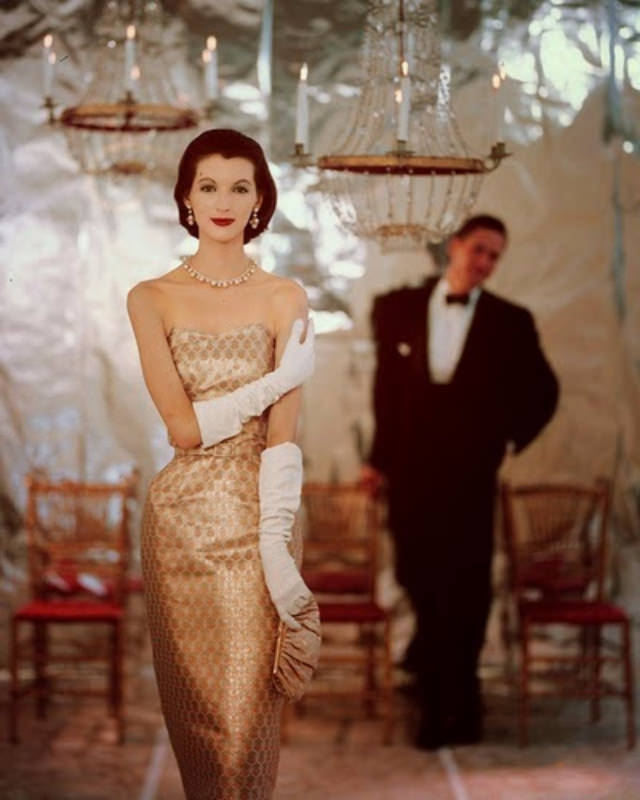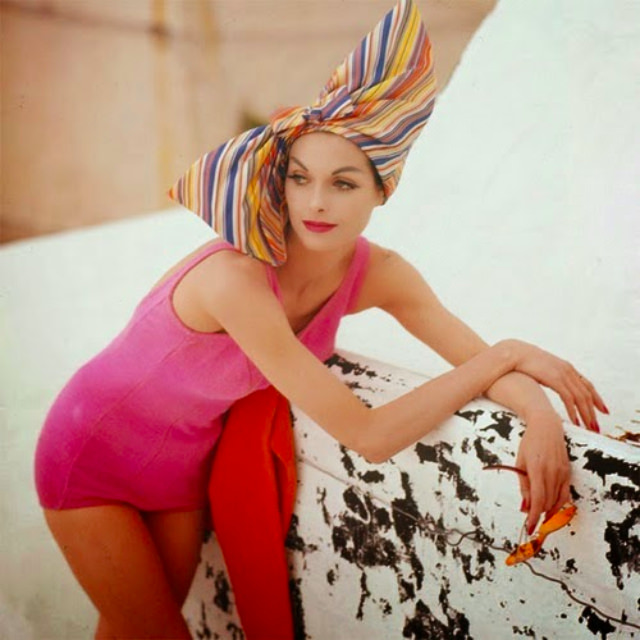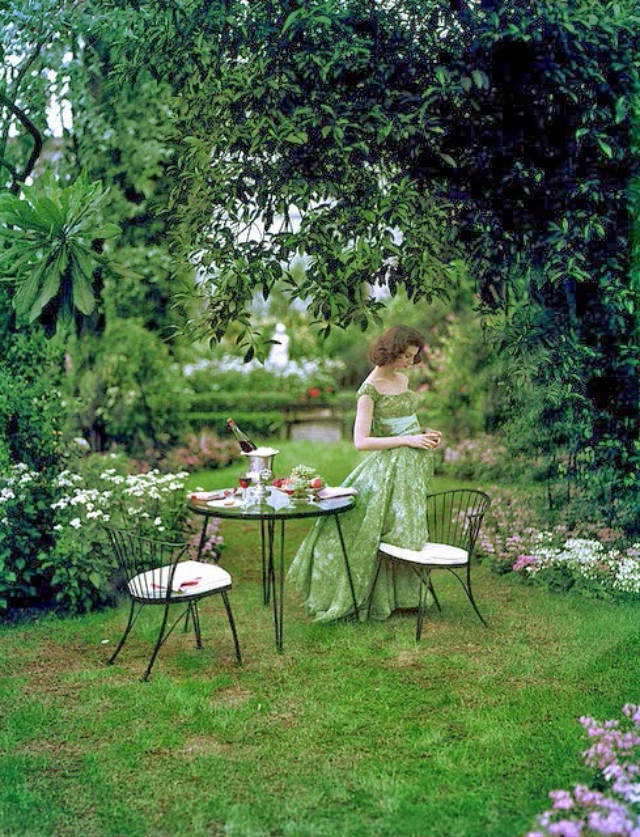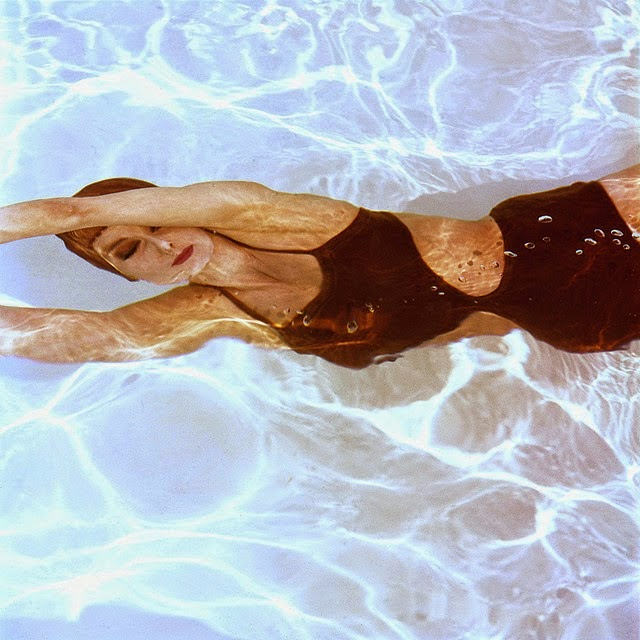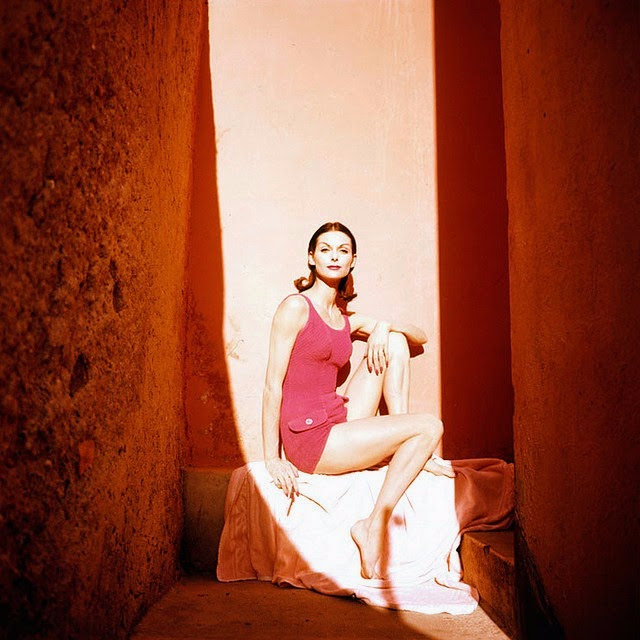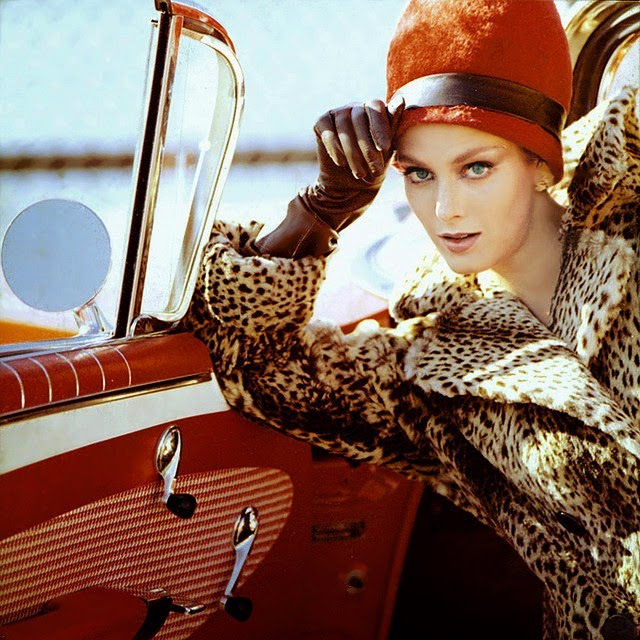In the mid-20th century, fashion magazines like Harper’s Bazaar and Vogue were the undisputed authorities on style. The images on their pages were not simply pictures of clothes; they were carefully constructed narratives created by a team of visionary photographers, art directors, and editors. Photographers like Tom Palumbo, who worked for both magazines during this period, were central to crafting the look of this golden age of fashion photography.
The Harper’s Bazaar Aesthetic
During the 1950s, under the direction of legendary art director Alexey Brodovitch, Harper’s Bazaar championed a clean, modern, and cinematic style. Brodovitch encouraged his photographers to experiment with composition and to tell a story within the frame. Photoshoots often took place on location, moving out of the sterile studio and into the streets of Paris or New York, or to dramatic natural landscapes.
The goal was to capture a sense of movement and spontaneity. Models were not just static figures; they were characters in a scene. A photograph by Tom Palumbo from this era might show a model walking down a city street, her coat caught in the wind, or captured in a quiet, thoughtful moment between poses. The clothing, while still the focus, was integrated into a believable narrative. This approach emphasized elegance and sophistication, with a focus on high-fashion couture from designers like Christian Dior and Cristóbal Balenciaga.
Read more
The Vogue Vision
In the late 1950s and early 1960s, Vogue, with Alexander Liberman as its art director, also produced highly influential fashion imagery. While still showcasing high fashion, the shoots often had a different energy. Palumbo’s work for Vogue continued to feature his signature sense of quiet intimacy, but the overall look of the magazine began to reflect the coming cultural shifts.
The models of the era, such as Dovima, Suzy Parker, and Jean Patchett, were stars in their own right. They were skilled at conveying a range of attitudes, from aristocratic aloofness to playful charm. A photoshoot would be a collaborative effort between the photographer, the fashion editor who selected the garments, and the model who brought the clothes to life. The images were composed to highlight the specific cut of a Chanel suit or the graceful drape of a Givenchy gown.
The Look of the Era
The fashion featured in these photoshoots tells the story of the period’s style. In the 1950s, the dominant silhouette was Dior’s “New Look,” which featured cinched waists, full skirts, and an emphasis on an hourglass figure. Photographs from this time show models in elegant cocktail dresses, tailored suits with matching hats and gloves, and glamorous evening gowns.
By the early 1960s, the look began to transition. While couture was still prominent, a cleaner, more streamlined aesthetic emerged. The images started to feature simpler sheath dresses and a more relaxed, yet still polished, style of ready-to-wear clothing. The photographs from this time capture the end of an era of formal, structured elegance, just before the youth-driven fashion revolution of the mid-60s would completely change the landscape.


